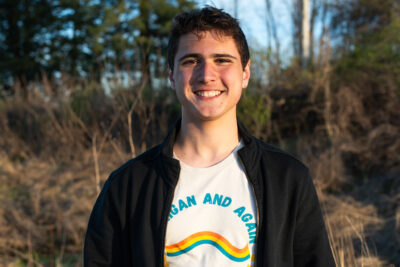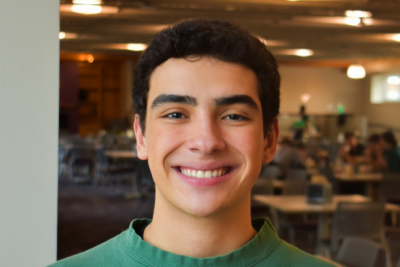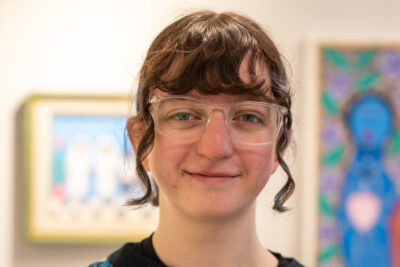Hymn sings, apple fritters, Yoders and Millers, and the occasional “let’s see if we’re related” game. Before anyone can say, “That’s so Mennonite” in the manner of Gretchen Wieners, I have to blow a whistle.
The list above never existed in my understanding of what defined a Mennonite. For me, borscht soup, German prayers, and last names Janzen and Klassen represented the definition of Mennonite.Growing up in a predominantly Russian German Mennonite church, I became acculturated with Russian and German traditions. During Christmas services, my family stood with the others belting out “O Tannenbaum.”
In 2005, my family started to attend a Mennonite church in Vancouver, Canada. As one of the two Korean family members, we stood out like a sore thumb.
While attending the church, I didn’t “feel” Mennonite; I wasn’t German or Russian, I had none of the so-called Mennonite traditions and heritage, and I didn’t know how to play Dutch Blitz. My last name was Park, I was born in South Korea, and my parents attended the church for the sole reasons of seeking a community and Mennonite theology.
Could Koreans be Mennonite? Koreans don’t look Mennonite. What about Chinese? Vietnamese? Kenyans?
In Mennonite communities, such as Goshen, I’ve seen glimmers of understanding when last names, family relations and perhaps even facial features, are announced to see whether a person could be labeled Mennonite. By this definition, my family doesn’t even come close.
Nevertheless, my family started to take intentional steps into adapting ourselves with Russian German traditions within the Mennonite church. I put an emphasis on the word intentional because neither of my parents holds any connection to the Mennonite church or in general, North America.
As immigrants, English was their second language and the whole familial connection that is celebrated amongst Mennonites was non-existent. My mother joined the church quilting group and became an accompanist for Sunday services. As for my father, he attended a Mennonite seminary and currently serves on the
church board.
To become Mennonite, it seemed like at the time, was to fit into a cultural mold. Specifically, a “rollkuchen” shaped mold. However, slowly but surely, the Korean culture my parents held slowly integrated itself into the church. For the potluck table, my mother brought in buchimgae, Korean spring onion pancakes. Once, my parents sang “Great is Thy Faithfulness” in Korean during service.
These may seem like meager changes, but it still marks the beginning of mutual, cultural understanding. Just as my parents purposely attempted to understand, the church and its members must be just as intentional.
For people whose heritage has deep, cultural roots in a Mennonite community, understanding and social space must be made for those who do not. Certain communities and their traditions may influence being “Mennonite”, but the definition of “Mennonite” cannot be restricted to one heritage.
A stranger new to the community also brings a gift, a piece of their culture. Like a quilt, each person weaves strands of their personal experience and heritage to redefine the Mennonite identity.
In order to flesh out our cultural understanding of Mennonite in the Goshen community, Sarah Hofkamp and I will be conducting interviews with students of various cultural backgrounds. As we interrelate in this community and culture, we think that it is extremely important to be aware of what assumptions we all hold about what Mennonite truly means.


